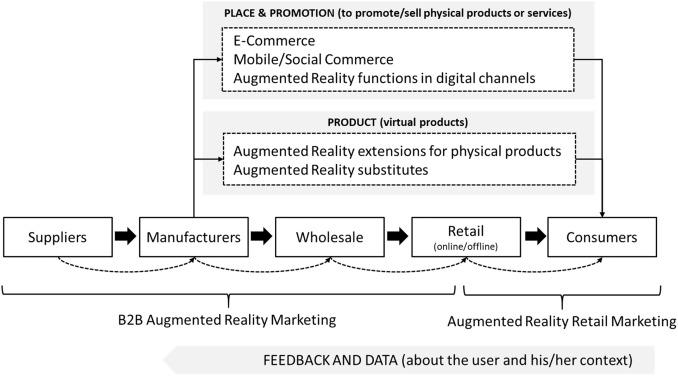Overcoming Challenges in Implementing SEL Curricula: Key Barriers and Solutions
Social and Emotional Learning (SEL) is transforming schools across the globe by fostering students’ emotional intelligence, well-being, and academic achievement. However, implementing SEL curricula effectively presents unique challenges to educators, administrators, and policymakers. This extensive guide explores the key barriers to implementing SEL curricula and provides practical, research-backed solutions to overcome them. Whether you’re a teacher, school leader, or district administrator, this resource will help you navigate the implementation journey, ensuring yoru SEL program thrives and supports every student.
Why Implement SEL Curricula? Benefits and Importance
- Improved Academic Outcomes: Studies reveal that SEL implementation can boost students’ academic performance by up to 11 percentile points.
- Positive Classroom Environment: SEL fosters collaboration, empathy, and conflict resolution, leading to safer and more inclusive schools.
- Mental Health Support: SEL curricula help students manage stress, build resilience, and address mental health challenges early.
- Life Skills Development: Through SEL,students develop problem-solving,responsible decision-making,and interpersonal skills vital for lifelong success.
Key Barriers to Implementing SEL Curricula
Despite widespread recognition of its value,SEL implementation faces several obstacles. understanding these barriers is crucial for school communities aiming to deliver high-quality SEL education.
1. Limited Time and Packed Schedules
- Challenge: Academic demands and standardized testing often crowd out time for SEL activities.
- Consequence: Teachers struggle to integrate SEL seamlessly, risking superficial coverage.
2. Inadequate teacher Training
- Challenge: Many teachers lack formal training in SEL competencies or the confidence to deliver lessons.
- Consequence: SEL instruction may feel inauthentic or inconsistent across classrooms.
3. Insufficient Funding and Resources
- Challenge: SEL programs require financial investment not only for curriculum materials but also for ongoing professional development.
- Consequence: Underfunded initiatives lead to patchwork solutions and burnout.
4. Cultural and Community Resistance
- Challenge: Families and communities may perceive SEL as conflicting with personal or cultural values.
- Consequence: Lack of buy-in hampers engagement and program sustainability.
5.Assessment and Measurement Difficulties
- Challenge: SEL outcomes, such as self-awareness and empathy, are complex to measure effectively.
- Consequence: Without clear metrics, it becomes challenging to gauge progress and secure continued support.
Effective Solutions for Overcoming SEL Implementation Challenges
Addressing these barriers requires a comprehensive, creative, and collaborative approach. Below are proven strategies for overcoming challenges in implementing SEL curricula in schools.
1. Integrate SEL into Daily Routines
- Embed SEL practices into existing lessons (e.g., reflective journaling during English class, teamwork in science labs).
- Begin classes with check-ins or mindfulness moments to set a positive tone.
- model SEL competencies by encouraging open communication and empathy in all school activities.
2. Invest in Quality Professional Development
- Offer regular, high-quality SEL training that includes modeling, practice, and feedback for teachers and staff.
- Pair veteran teachers with those new to SEL to provide mentorship and support.
- Encourage staff to engage in their own social-emotional growth, promoting authenticity and empathy in the classroom.
3. Secure Funding and Utilize Community Resources
- Leverage grants, partnerships with local businesses, and district funds to support SEL initiatives.
- Seek out free or low-cost SEL resources, such as open-access curricula or digital platforms.
- Involve community organizations (e.g., mental health agencies, non-profits) for training and supplemental programming.
4. Build Family and Community Buy-In
- Communicate the benefits of SEL to parents and guardians through newsletters, workshops, and school events.
- Invite family input in selecting and shaping SEL programs to ensure cultural relevance and respect for community values.
- Share student success stories to illustrate the impact of SEL in real, relatable ways.
5. Develop Meaningful Assessment Tools
- Utilize a mix of qualitative and quantitative methods (surveys,self-reflections,behavioral observations) for SEL assessment.
- Set clear, realistic goals for SEL knowledge and skills progression.
- Regularly review data with stakeholders to refine the curriculum and maintain momentum.
Case Study: Triumphant SEL Implementation in Action
riverside Middle School in Illinois faced many of the common barriers to SEL implementation: packed schedules, limited funds, and some parental skepticism. However,by adopting a whole-school approach and focusing on gradual,enduring integration,they saw remarkable results:
- Set aside 10 minutes each morning for classroom circles,fostering connection and emotional check-ins.
- Trained teachers in SEL through a district-supported series of workshops, followed by monthly peer-coaching sessions.
- Engaged parents with informational nights and regular updates sharing SEL’s positive impact on student outcomes.
- used brief self-assessment tools before and after SEL units to monitor students’ personal growth.
Results after one year: Student suspensions dropped by 35%, academic scores improved, and both teacher and student surveys reflected increased satisfaction and school climate positivity.
Practical Tips for Successful SEL curriculum Implementation
- Start small: Pilot SEL programs in select classrooms before scaling up.
- Build a coalition: Form an SEL leadership team including teachers,counselors,students,and families.
- Align with school goals: Demonstrate how SEL supports academic achievement and behavioral targets.
- Celebrate milestones: Acknowledge progress, no matter how minor, to keep momentum high.
- Adapt continuously: Be willing to refine your approach based on feedback and changing needs.
Conclusion: Paving the Way to SEL Success
Overcoming challenges in implementing SEL curricula is not only possible—it’s essential for developing well-rounded and resilient students. By acknowledging key barriers, leveraging strategic solutions, and fostering a culture of empathy and growth, schools can make social-emotional learning a vibrant part of everyday education. Remember, effective SEL implementation is a journey that requires patience, collaboration, and continuous learning. Start today by identifying your school’s unique needs, engaging your community, and taking actionable steps toward a brighter, more emotionally intelligent future for all students.
Ready to overcome your SEL implementation challenges? Download our free implementation checklist and join a supportive community of educators making a difference with SEL!

